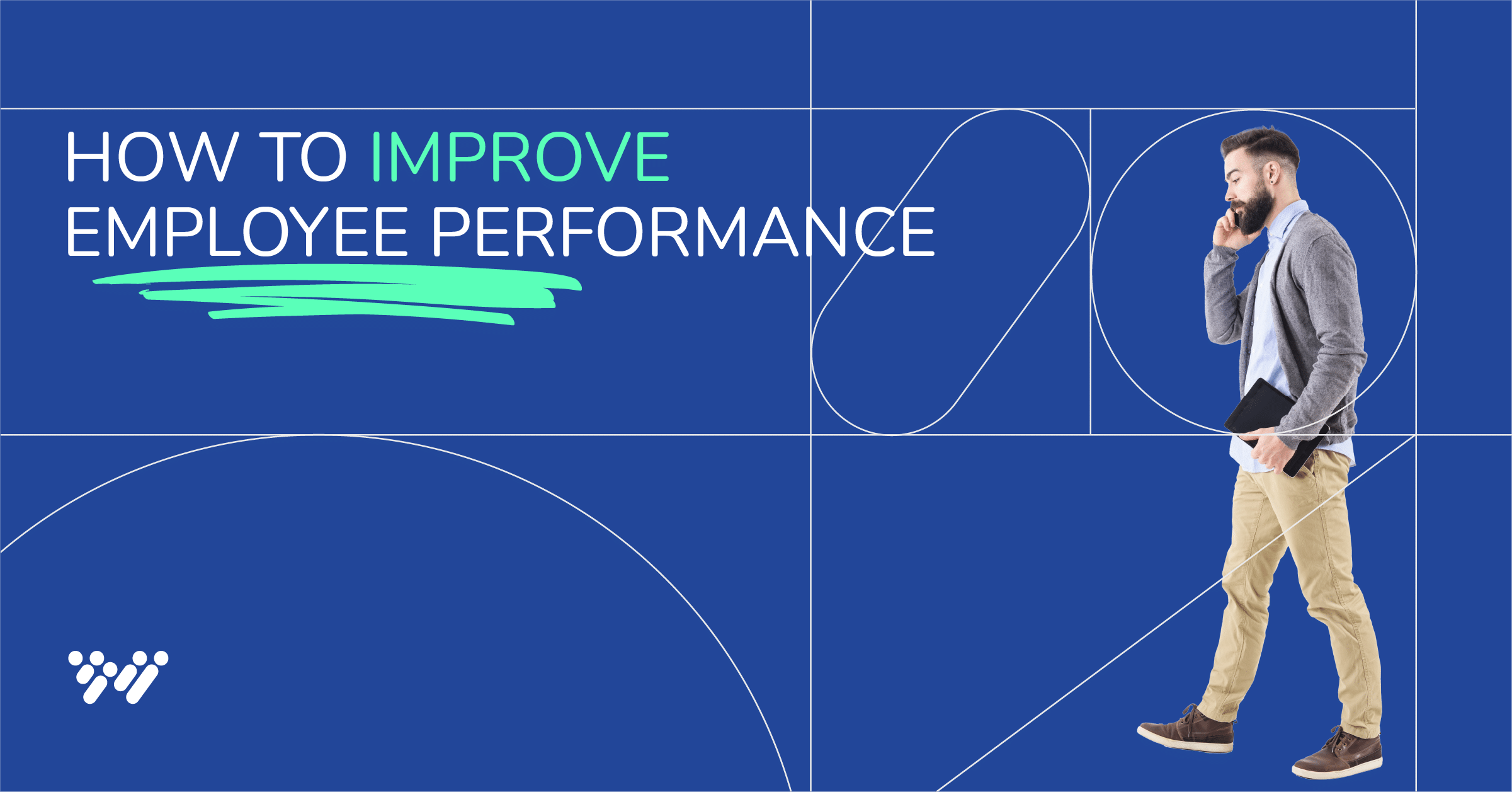“Can we talk?”
Most of the time, those three words are followed by something like “It’s not you, it’s me.” and *BOOM* your relationship is dead. When that happens in a professional setting, after your employee moves on to bigger and better things, you’re left with a loss that’s going to cost you time and money to replace.
Did you know that one-third of your hires will leave within two years? Now add to that: the cost of employee turnover is about one-third of the salary of the person who’s leaving. So if it involves a $60,000 a year position, it’ll cost you about $20,000 to replace this exiting worker and get their replacement firing on all cylinders.
There’s an upside though: you can beat the odds. Knowing the leading reasons your people leave, and addressing these common issues, can keep your team (and leadership) relationship happy. Here are several ways how to reduce employee turnover rate.
Your training program needs to be super specific.
“We needed an accountant and Mary’s an accountant. So what’s the problem? How much hand-holding could she need?”
Sure, Mary knows her way around an expense report and could do a break-even in her sleep. But she’s brand new. Mary doesn’t know your department’s unique policies and procedures. Most of that stuff’s not in your employee manual, and she didn’t come in magically knowing it. Therein lies your problem. The training program you’re presenting to your new hires probably isn’t specific enough to the team they’re joining (or even to your company).
No worries though- for every problem there’s a solution.
Nothing makes a new team member more comfortable with their new gig than knowing the ins and outs of the organization they now work for. They want to know where the restrooms are, what the policy is on personal phone calls, where the best places are for lunch, and what the holiday schedule looks like. Bottom line? Your best bet to beating a high employee turnover rate is going to be in how well you introduce your new hire to the company- and how well you’ve introduced your company to the new hire!
If Mary feels like she’s comfortable from day one, you’ve increased your chances significantly that she’ll stick around for the long haul.
What if the chemistry’s not there?
Maybe your people loved Harry, the guy who Mary replaced. Or the team Harry built with his own sweat and tears has worked together for years, and it’s tough for Mary to break into the club. Or she didn’t feel like she fit into the office culture, even though Harry’s former team threw her a welcome party and made an effort to make her feel included. She just wasn’t the peanut butter to their jelly.
In situations like that, your new hire will probably say that it’s not the company, it’s them. They’re not vibing with the organization like you, the hiring manager, thought they would. That’s why it’s really important during your hiring process to introduce the key aspects of your company culture. During your interviews, asking key questions like, “Are you a people-person?” or “Do you work better when you’re given assignments with deadlines?” are important in establishing whether or not your candidates are right for the company. Using assessments during the hiring process is a good way of determining culture fit as well, in order to avoid turnover.
Regardless of your method, keep in mind the most important thing: the interview needs to work both ways. Sure, your candidates are trying to impress you with XYZ experience, and they most likely have the skills to do the job well. But skills aren’t the only thing that go into performing on the job well- they’ve got to want to be there.

You’ve gotta be in it to win it.
The economy is good right now and people have choices. It’s easy to make salary comparisons and find jobs online- plus, recruiters are everywhere. And with today’s tech, people looking for jobs can reach out to hiring companies in a ton of ways. LinkedIn’s the one that most people think of, but you can use Instagram (yes the one with pictures of people and delicious-looking food), Facebook, direct email, private websites, blogs, phone numbers if you’re old school- hell, the newspaper still lists job postings.
With all these choices, and the notion that new hires don’t even have to live in the same city to work for you, it’s in your best interest to stay competitive. It’s not about yearly bonuses and raises anymore. People think about more than that, like, “How are your benefits? How happy was the last person who held this position I’m applying for here? What about paternity leave- and how long is it? How flexible can my schedule be here? Does your company allow its employees to work from home sometimes?”
What’s really being said here is nowadays, everybody’s standards are way higher when it comes to what they’d like in a position long-term. So it stands to reason that in order to retain happy, productive people- you’d do your part in making sure you’re meeting those standards.
Make sure your workers feel “seen”.
A big part of that gets back to the “benefits and standards” thing. But wait- there’s more! Maybe you have nothing to say to a particular employee because they do their tasks right and there’s never any drama or conflict. To you, that makes them an ideal employee: they can do the job without anyone looking over their shoulder or correcting them.
Let’s change perspectives though- your employee feels like there’s a lack of recognition for their accomplishments. That means their sense of loyalty to your company might be waning. It might not drive them away immediately, but if they don’t feel like what they’ve done for the company is being recognized, they might feel like it’s time to find a place that’ll provide that.
You had a weird feeling about the new guy from the beginning- but they were qualified!
This one hurts everyone the most. You see a problem with the new hire practically from day one. They’re just not…getting it. Everything they do seems to be against the grain of company culture. Productivity, job performance, and morale plummets in the department or throughout the company.
Maybe you made a hurried hiring decision because you needed a warm body fast. Or the new person seemed to have the same education, background, and work history as the last person to hold the position- so you assumed they’d work out the same way. Or the new hire interviewed well, and now you think that’s the peak of what you can expect from them.
Unfortunately, the circumstances don’t matter because regardless of what happened- they’re here now. And you’ve got two choices, both of which will cost resources and time. You can train the new person, but there are pros and cons that go along with that approach. What if what you’ve seen really is the best this person can do? They’re just not cut out for the job like you thought they were, and it’s time to move on. Which brings you to the second option: let them know it’s not working out, and spend time trying to hire someone else.
This is where pre-employment testing really does come in handy. You can find out exactly who’s sitting across the desk, chatting about a professional scenario in which they solved a problem. There are other ways to determine effectiveness in the workplace as well. Requiring at least three references with contact information is a tried and true method, and so are certain job-specific questions that can be asked during the interview.
And in conclusion…
Training with patience and recognizing performance that deserves a reward only go so far in today’s economy. As a hiring manager, it’s important to understand your company’s industry and what employee expectations are when considering whether to move up or on. Ensuring that there’s potential to grow within your company, time to spend away from your company, and flexibility within your company are all things that will help you beat the “High Employee Turnover” pandemic.







